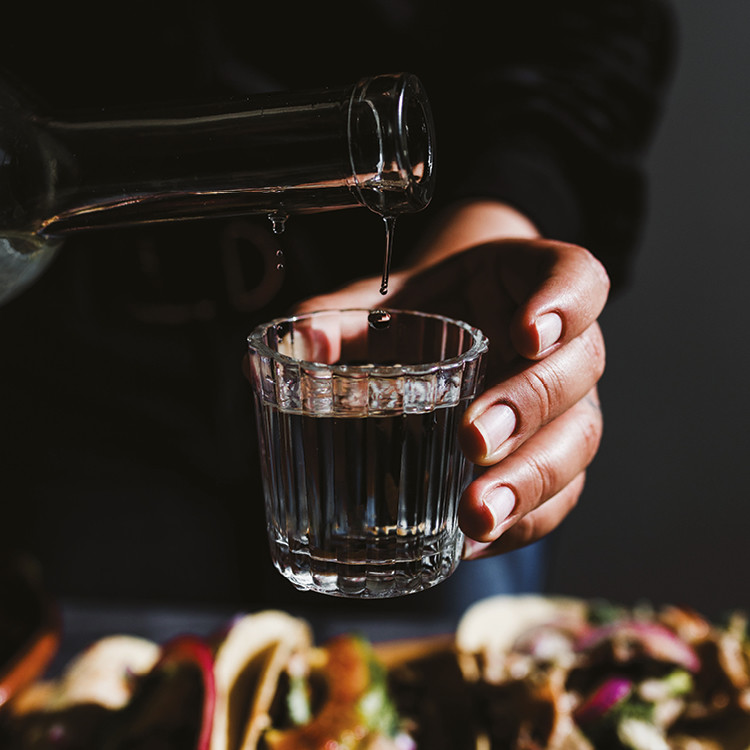
There’s a world of agave drinks beyond tequila and mezcal. Laura Foster gets to grips with one of the more obscure family members.
Well readers, we have once again turned our sights to Mexico for a relatively unknown agave spirit. There’s a historical reason for its low profile, but we’ll get to that later.
What is it?
First, let’s look at the basic facts. Bacanora originates from the state of Sonora in north west Mexico. “It is one of the most arid regions of Mexico, with 90% of the state having desert conditions,” explains Ed Woodcock, co-founder of Secret Society of Vinateros (SSV), a company that’s launching two bacanora brands in the UK.
“Temperatures can range from 12-48°C in most parts of the state. Droughts and lack of rain is often a problem, even during the rainy season.”
Bacanora is made with one particular variety of agave, the angustifolia, which is also sometimes called Pacifica and Yaquiana. With its long, thin, spiky leaves, Eduardo Gomez, founder of the Tequila & Mezcal Fest, likens it to Espadin. There’s a shortage of agave in the region, partly due to lack of government funding, the fact that Sonora is mainly focused on cattle farming, and the threat of wild boar, which can eat the smaller pinas. Production of bacanora is similar to most mezcal, but more rudimentary, thinks Woodcock.
“Most vinatas use pits in the ground to roast the agaves, however, the main difference lies in the type of wood used. In Sonora the local wood is mesquite, which gives bacanora a unique smoky aroma and taste,” he says. Fermentation takes place in stainless steel or plastic washbacks before the liquid undergoes a double distillation in an alembic still. The resulting liquid ranges from 38%-55% abv.
While I can’t claim to be a bacanora aficionado – there simply aren’t enough different expressions in the UK to try – those samples I have tasted suggest that bacanora is perhaps easier drinking than mezcal, and wilder than tequila. The middle man of Mexican agave spirits, as it were. So why the low profile?
“The main reason we haven’t heard about bacanora is because we had ley seca, which means ‘dry low’, a prohibition in the north of Mexico from 1915 to 1992,” explains Gaby Moncada, the agave ambassador for Speciality Brands. “They were hidden in the mountains making it.
Apparently many people were like ‘OK, we can’t make bacanora’, so they made spirits that they could smuggle to the US. They didn’t stop making bacanora, but they weren’t making it in the best possible way.” Woodcock confirms this: “People from Sonora weren’t even drinking it, because they were worried they might go blind. There’s no real regulation, and a lack of trust.”
Producers might have been legitimately able to distil bacanora for the past 30 years, and the spirit has even had a DO since 2002, but it’s only really now that some green shoots are beginning to appear in terms of consumer awareness and interest.
What’s out there?

There’s not much in the UK currently, but Secret Society of Vinateros has just launched and is looking for a UK distributor for its two new products, Bam! and Metza. Bam! has been developed as an entry-level bacanora, with a softened profile to act as a bridge into the category for the uninitiated. It’s creamy up front, before an interesting mix of green capsicum, barbecue smoke and gherkins come through on the mid-palate. The finish is chalky, with gentle peppermint and a touch of salt wafting in.
Metza is more traditional in style, with rich red berries, juicy grilled nectarines and roses kicking things off before a distinctly smoky, rubbery character brings in a funky twist. This is complex yet accessible, and delicious. Santo Pecado Bacanora Artesanal is available through Mexgrocer. Made by master bacanorero Rumaldo Flores Amarillas, this is a dry, distinct spirit with aromas of rubber, gherkins, cracked black pepper and lime, and flavours of leather, earth and chewy charcoal smoke, with a hint of cooling peppermint in the background.
Meanwhile Bacanora Aguamiel, billed as having earthy, smokey and spicy flavours, is available from Whisky Exchange.
How to drink it?
Neat, unsurprisingly, is the most common suggestion for bacanora. Deano Moncrieffe of the Hacha bars likes to use food pairings to bring the flavours of this relatively unknown spirit to life.
“There are definitely similarities between bacanora and mezcal. It’s less smoky than mezcal, and it has an earthier note to it. [It has] greener notes, menthol, more pepperminty flavours. I paired one with Polo mints, because it was fun. I’ve used spiced jalapeno pretzels as a flavour pairing too.”
When it comes to mixing, he suggests twisting Margaritas, “using a green or peppermint tea syrup”.

